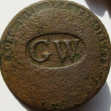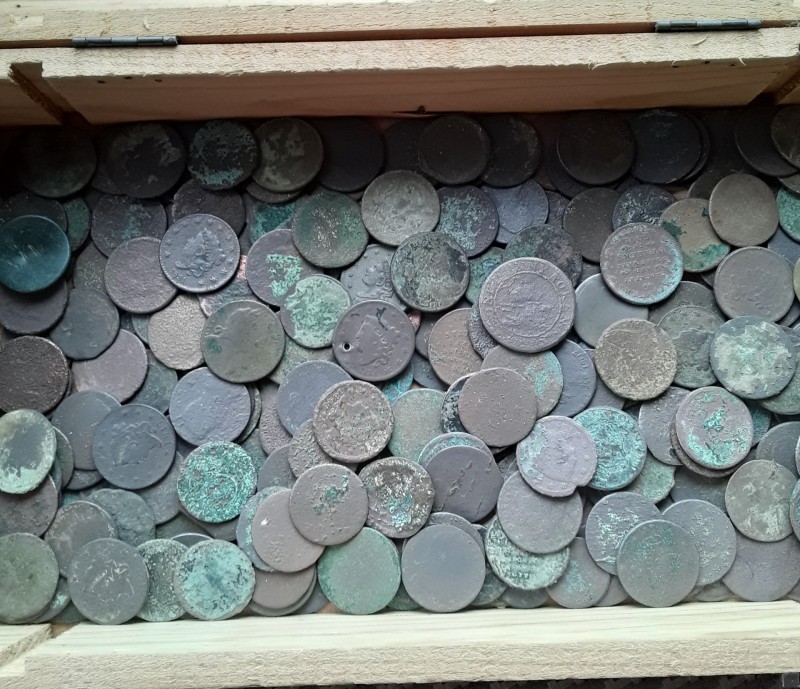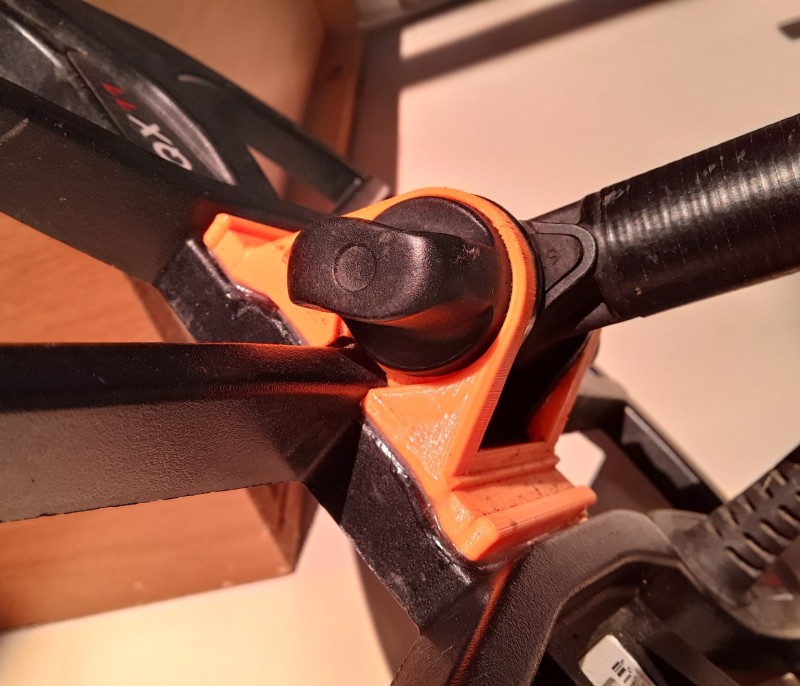-
Posts
510 -
Joined
-
Last visited
Content Type
Forums
Detector Prospector Home
Detector Database
Downloads
Everything posted by Badger-NH
-
Aluminum would be very light. The ice cube test results sound promising. Next, you could try bleach or the acid test. You could also look for an appraiser or pawn shop that might have an electronic tester. https://bullionexchanges.com/learn/how-do-you-know-if-your-silver-is-real
-

F5 Vs F75 Or T2 All Metal
Badger-NH replied to JCR's topic in First Texas - Bounty Hunter, Fisher & Teknetics
Same with my F75. I saw very little difference between DST on and DST off. I don't know why they even bothered adding an off option. DST solved the EMI problem but the loss of performance compared to my T2 SE which had no DST was disappointing. -
Have you compared multi-frequency with single-frequency when dealing with EMI? I have sites near powerlines where I can't run Multi without lowering the Sensitivity way down but 15 kHz is unaffected. I generally run single frequency most of the time anyway since my ground is very mild. I only use multi in mineralized ground or around iron.
-

How I Ruined My First "historical" Find
Badger-NH replied to SwiftSword's topic in Metal Detecting For Coins & Relics
Often the soft copper oxidation will hold the detail while the metal below it has been destroyed. It might be worth it to not clean the coin to save the detail but this can be messy when you have a lot of coppers. I clean all my coppers. I think they look better cleaned and my hands don't get dirty when handling them. -

How I Ruined My First "historical" Find
Badger-NH replied to SwiftSword's topic in Metal Detecting For Coins & Relics
-

F5 Vs F75 Or T2 All Metal
Badger-NH replied to JCR's topic in First Texas - Bounty Hunter, Fisher & Teknetics
There is a big difference between air testing and ground testing. Try burying some targets at precise depths and see how it does. Make sure the ground is free of metal and hot rocks. My non-DST T2 SE easily went an inch deeper on a silver dime and two inches deeper on a silver quarter than my F75 DST in mild soil. Both using the 15" x 10" SEF coil. -

Some Old Clad From Permission Hunt
Badger-NH replied to kac's topic in Metal Detecting For Coins & Relics
No such thing as "old clad". Clad coins generally didn't come about until the 1960s. -

Some Old Clad From Permission Hunt
Badger-NH replied to kac's topic in Metal Detecting For Coins & Relics
I'm curious. Why does the title of your post say clad? I was expecting something completely different. 🙂 -
eGift Cards - No fee. https://www.coinstar.com/giftcards
-

How I Ruined My First "historical" Find
Badger-NH replied to SwiftSword's topic in Metal Detecting For Coins & Relics
Musket balls are so common in New England that there would be no way of knowing if it was from a battle. Hunters used muskets for over two centuries. Saying that the things we find are historical can be bad for the hobby as it adds to our bad reputation among archeologists and the general public. -
It has been a while since I've found much clad but back 15 or 20 years ago, I used to tumble or just wash it in a strainer in the sink, then take it to the nearest Coinstar. I discovered that if you keep putting the rejected coins back through the machine, it eventually takes all but the severely damaged ones. The Amazon certificate is the way to go. I rarely find clad these days even at the beach. Nobody carries coins anymore.
-

Featured In A Minelab Explorer Book
Badger-NH replied to George Kinsey's topic in Metal Detecting For Coins & Relics
Acquiring permission is one key to success that I never felt comfortable with. You are lucky to have that gift. -

How Much Time Do You Spend At A Site
Badger-NH replied to stateguy's topic in Metal Detecting For Coins & Relics
Same here. It can pay off though. I've scored some fantastic finds at sites most people consider to be hunted out. -
Was it a Detecting Adventure coil support? They have a very snug fit and the holes should line up perfectly. As long as the zip ties are tight, it shouldn't move at all. It's also possible that your ears were already on the verge of breaking and not necessarily the fault of the support. Either way, I would rather risk having the ears break during a hunt before messing up the coil with epoxy.
-
True, the support will definitely be stronger if epoxied, but that will lower the resale value when/if you go to sell the detector. The vast majority of coil ears out there never break. The only risk to not epoxying is that it will end your hunt if they do.
-
I don't see how using the coil support could cause the ears to break. I'm positive that if I had added the support in the beginning, my ears never would have broken in the first place. You only need to glue it if the ears are broken. You are better off getting the coil support before they break. You might want to check your ears for cracks. They may be on the verge of breaking. I also went for many years with no problems. Then one day it happened.
-
A beautiful collection of brass there 'Scrape. That old weed/hash pipe from the 1970s takes me back as well. 😵 😄 I used to clean and polish some of my brass relics but haven't in a while. A buffing wheel takes it to the next level. A coating of Renaissance wax as the final step will help retain the shine but some older items do look better with a dull tone.
-

Dang That's Purdy!
Badger-NH replied to Daniel Tn's topic in First Texas - Bounty Hunter, Fisher & Teknetics
The difference between NEL and SEF is more noticeable on the bigger coils. The NEL Thunder and Attack feel way heavier and/or unbalanced compared to the SEF 15" x 12". -
When both my ears broke off, I used JB ClearWeld with a little West System 406 colloidal silica added for extra adhesive quality and a Detecting Adventure coil support. It came out great.
-
Page 46 under "Selecting the Number of Target Tones."
-

Dang That's Purdy!
Badger-NH replied to Daniel Tn's topic in First Texas - Bounty Hunter, Fisher & Teknetics
My mistake. It is the Superfly. I thought it was the Ultimate. The shapes look similar from a distance. The NELs are good but somewhat heavy and unbalanced compared to the SEFs IMO. -

Dang That's Purdy!
Badger-NH replied to Daniel Tn's topic in First Texas - Bounty Hunter, Fisher & Teknetics
That takes me back to when I had my T2. Your video showing how deep it would go in all metal was very inspiring. I never cared for that 13" Ultimate coil though. The 15" x 12" SEF was my favorite. -
I just noticed this post. I had always assumed that the CZs were an early version of multi-frequency, probably due to the ads at the time. Maybe it was something in the CZs ability to cancel salt that made the CZ20 work so well. Regardless of whether it was multi or not, it was and still is an extremely deep machine on the wet sand. What many CZ beach hunters may not have noticed is that the target ID is only accurate to a certain depth which was good but not great. Beyond that depth, all non-ferrous metals ID as low tones(or mostly low tones). This was very aggravating to me at first but over time it became fairly easy to tell a non-ferrous low tone from a ferrous low tone and I started digging gold and silver at truly astounding depths for a VLF. This is why CZ technology is still very good even by today's standards. Unfortunately, a detector like this would not sell well compared to today's machines so it's understandable that the CZ series had to be abandoned.
-

Recommend A Long Handle Detecting Shovel
Badger-NH replied to stateguy's topic in Metal Detecting For Coins & Relics
I had a Lesche Sampson but didn't like it. For me, it was too short, too heavy, too cold, and the blade was too narrow. The narrower the blade, the longer it takes to dig a good-sized plug. A lot depends on the type of ground you're digging in. For sure smaller is better around roots. Some people don't mind bending when they dig. I carry a Fiskars Transplanter for digging around roots. Less chance of scratching a good coin. https://www.fiskars.com/en-us/gardening-and-yard-care/products/cultivating-tools/transplanter-100s-79796931j




.thumb.jpg.0a6252d33f0290f58ca6567be689cd1d.jpg)

